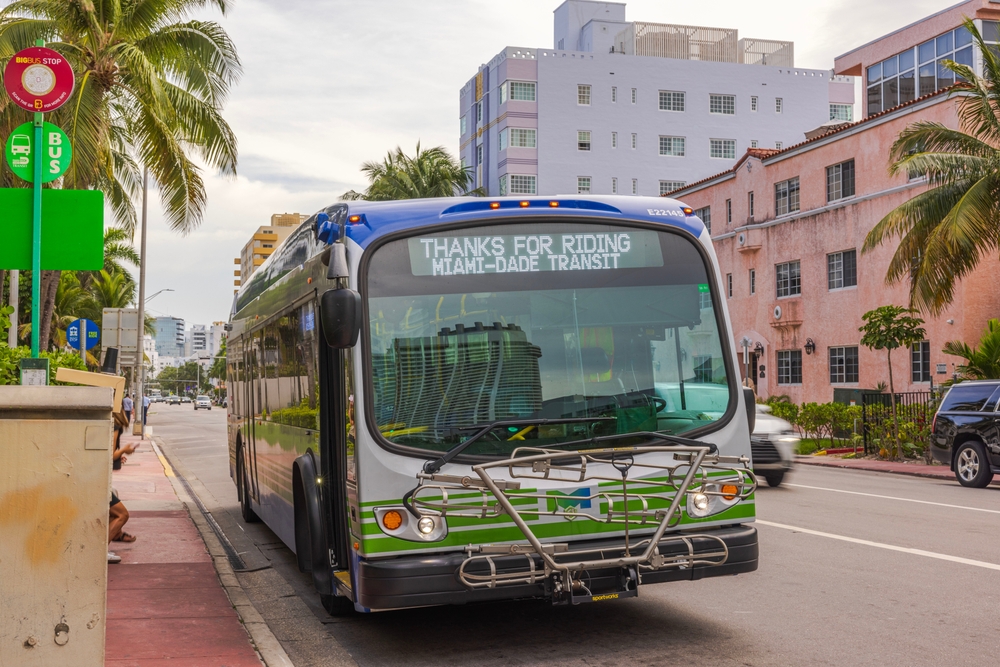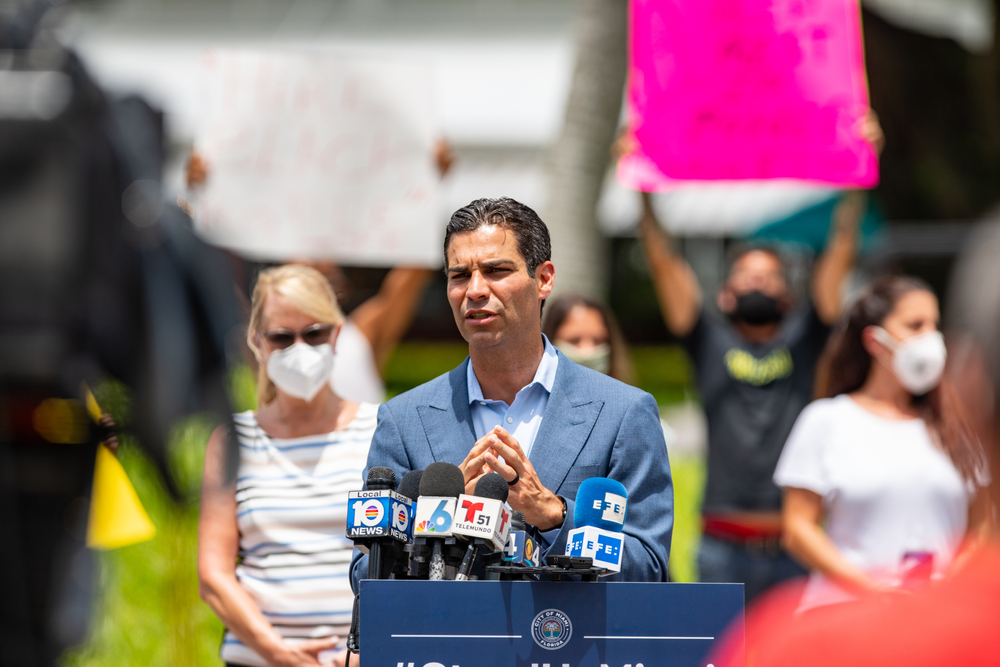Mobility isn’t a privilege—it’s a promise.
– Wilson Alvarez
April 2025 marks a pivotal moment in the ongoing evolution of Miami-Dade Transportation 2025. While several programs show positive traction, others demand urgent course correction. As a Professional Engineer with deep experience in infrastructure development, I present this fact-based update combined with my commentary on what we should be doing—backed by County data, public records, and planning documents.
Miami-Dade Transportation 2025: Traffic Signal Upgrades Still Lagging
The Problem:
Outdated traffic signals and lack of adaptive signal technology continue to create bottlenecks on key corridors like Coral Way, Bird Road, and NW 79th Street.
The Process:
The County is phasing in smart signals and sensors through limited pilot programs. However, full implementation remains years away without additional funding.
The Solution:
Fast-track adaptive signal deployment in the top 10 most congested corridors. Use data analytics to prioritize intersections with the greatest impact potential.
The End in Mind:
Reduced stop-and-go traffic, lower emissions, and smoother commutes—especially during rush hours.
Transit Access for Seniors and People with Disabilities Needs a Boost
The Problem:
Para-transit services and senior-friendly access remain inconsistent across Miami-Dade. Many neighborhoods lack ADA-compliant sidewalks and shelters.
The Process:
The County has increased funding for special transportation services but struggles with scheduling, coverage, and rider complaints.
The Solution:
Develop a Senior Mobility Access Plan—mapping high-demand areas and installing wheelchair-accessible micro-transit zones with trained operators and on-demand scheduling.
The End in Mind:
Transportation dignity for all ages and abilities. Mobility should never be a barrier to independence.
Miami-Dade SMART Plan: Beach Corridor Faces Tourism Pressure
The Problem:
The Beach Corridor—connecting Downtown to Miami Beach—is facing delays as tourism rebounds and demand for reliable public transit skyrockets.
The Process:
Environmental impact studies and federal reviews are ongoing, but implementation has slowed amid rising construction costs.
The Solution:
Pilot a dedicated bus rapid transit (BRT) express lane now while rail options are developed. This can provide immediate relief and gather user data.
The End in Mind:
Connect two of our biggest economic engines—Downtown and the Beach—with speed and style.
👉 See full SMART Plan details here
Drainage Deficiencies Affect Transit Reliability
The Problem:
Heavy April rains once again disrupted Metrobus routes across Little Haiti, Doral, and Kendall. Flooded streets delayed schedules and risked rider safety.
The Process:
Stormwater master planning is underway, but mitigation infrastructure is underfunded and years behind current climate conditions.
The Solution:
Co-locate transit hubs and stormwater upgrades in one capital plan. Prioritize corridors with dual transit and flooding complaints.
The End in Mind:
Storm-ready infrastructure that keeps buses running and neighborhoods dry.
📲 Fare System Feedback: Public Wants Simpler Payment Options
The Problem:
Many riders—especially tourists and occasional users—report frustration with the Easy Card and GO Miami-Dade Transit app.
The Process:
New updates are being rolled out, but compatibility across platforms remains patchy and lacks multilingual user support.
The Solution:
Unify fare systems under a “Miami Transit Wallet” that works across buses, trains, bikes, and parking—with Apple Pay and Google Pay integration.
The End in Mind:
A seamless, modern experience that encourages ridership and reduces friction at every turn.
“The only thing worse than starting something and failing… is not starting.” – Seth Godin
This quote reminds us that waiting for perfect solutions holds us back. In transportation, pilots and progress beat paralysis.
Takeaway
April’s transportation challenges highlight a clear need: agile action. Miami-Dade must respond to growth, aging infrastructure, and climate stressors with faster fixes—and clearer communication.
Call to Action
Let’s move from planning to execution. Whether you’re a voter, policymaker, planner, or neighbor—speak up and support solutions that reflect the urgency of Miami-Dade’s transportation needs.





